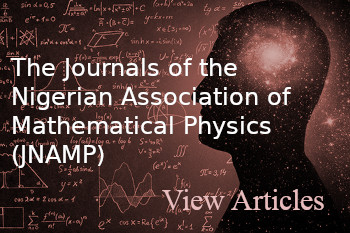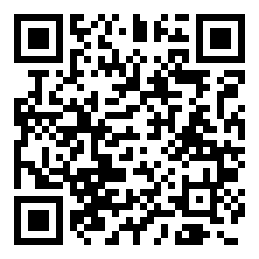PERFORMANCE ANALYSIS OF ORTHOGONAL FREQUENCY DIVISION MULTIPLEXING SYSTEM IN TRANSIT ANTENNA DIVERSITY TECHNIQUES
DOI:
https://doi.org/10.60787/tnamp-19-147-154Keywords:
Antenna, Selection, Equal gain, Maximum ratioAbstract
The fourth generation and fifth generation mobile communication systems make use of orthogonal frequency division multiplexing technique. Orthogonal frequency division multiplexing technique is a multi-access scheme which aids information splitting among several scarcely spaced sub-channel frequencies in the process of data transmission. Orthogonal frequency-division multiplexing technique can also convert a single wideband signal channels into multiple narrowband channels and then transmits them to the receiver while ensuring no inter-symbol interference. But this technique is sensitive to multipath fading and signal strength can be lost due to shadowing in different radio frequency propagation terrains during practical applications. One way of mitigating this multipath fading problem is by utilizing antenna diversity combining techniques. In this work, MATLAB Simulink software is employed to analytically simulate three antenna diversity techniques, viz; the selection, equal gain and maximum ratio techniques.
Emphasis is laid on Rayleigh fading channels and quadrature phase shift key carrier modulation technique. Symbol error rate and bit error rate are used as performance indicators, the result shows that the MRC having bit error rate performance value of 2.0x-6 and symbol error rate performance value of 1.3x-7. The results indicate that the performance of the three diversity techniques increases as the antenna grows in quantity.
Downloads
References
Aleksandar LEBL and Žarko MARKOV (2014), An Overview and Analysis of BER for three Diversity Techniques in Wireless Communication Systems, Yugoslav Journal of Operations Research 25 (2015) Number 2, 251-269 DOI: 10.2298/YJOR131120007M
Proakis J., Digital Communications, Third Edition, McGraw-Hill, 1999
Lee W.Y.C., Mobile Cellular Communications, McGraw-Hill Book Co., New York, 1989
Thomas M. Cover, and Joy A. Thomas, Elements of Information Theory, 2nd Edition, WileyInterscience, 2006
Simon M.K., and Alouini M.S., Digital Communications over Fading Channels, 2nd ed., John Wiley& Sons, New York, NY, USA, 2005
Stuber G.L., Principles of Mobile Communications, 2nd Ed, Kluwer Academic Publishers, 2001.
John, S. N., Akinola, E., Ibikunle, F., Ndujiuba, C. U., and Akinaade, B. Modeling of orthogonal frequency division multiplexing (OFDM) for transmission in broadband wireless communications. Journal of Emerging Trends in Computing and Information Sciences, 3 (4), 534539, 2012.
Downloads
Published
Issue
Section
License
Copyright (c) 2024 The Transactions of the Nigerian Association of Mathematical Physics

This work is licensed under a Creative Commons Attribution-NonCommercial 4.0 International License.




